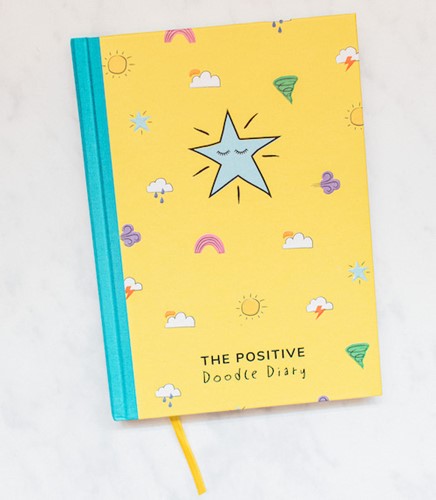Top Tips for Journaling with Children

1. Create a nice atmosphere
Set it up as a ritual, make it a nice space to get creative- light some candles, put some relaxing music on. This is a time for you to spend together. Show them that it means something to you too. A positive experience will make them want to do it again. This is time to relax and unwind with your child. Nice snacks always help!
2. Forget about grammar and spelling!
This is not homework, this is about connection and helping to build their emotional intelligence. It’s important you don’t correct them, just let them let it out! As a caregiver it’s important you embrace imperfection to help them feel more comfortable. If you are someone who likes things neat and tidy in work/life why not use this time to practice some self expression to encourage them to let go too! ⠀
⠀
3. Ask questions
Allow them to explain to you what they have created, say that you have been inspired and maybe try and add some of their ideas to your journal too. This is will install a sense confidence and help them build self esteem. Remember lots of positive reinforcement will encourage them to take risks and feel safe doing so.
4. Do it with them
Work on your own journal, but keep looking up and engaging with them. If they run out of ideas inspire them with themes or ideas you have seen. Positive modelling is a huge part to this and vital to them understanding that we all need to manage our emotions. We often wonder why they are so drawn to screens and its mainly because that’s what they see us do! By showing them that this is something you enjoy and also finding something to connect over it will become a way for you to bond with your child.⠀
⠀
5. Give positive feedback
Encourage them, tell them you like the colours they have used or that it really reminds you of something you have seen. It’s important you keep building them up. Find positives and start conversations about what they are doing, try and make as many positive connections with them as you can. This includes compliments, validating their feelings and also eye contact to help make it an experience they will want to do again.
⠀⠀
6. Collage works just as well
If your child struggles with writing, pictures work just as well! Maybe you could get some glue and scissors and cut out pictures from magazines? Or display tickets or foliage you have picked up on your travels together. Make sure you have colouring pens at the ready as its all about the state of mindfulness they achieve. Words are great but shapes and images can be just as good.
7. Leave judgement out of it
It's really important that only positive words are shared. Try and explore feelings through shapes and colours to help them explain themselves more clearly. Some days will be more productive than others, we would always say don’t push it and make it a negative experience. Just see where the session takes you. If you are struggling for a starting point, get them to think about the best thing that happened that day? Or something in their life they really enjoy?
8. Be creative!
If you are sensing this might be bit overwhelming for them then we suggest doing something more visual like just doodling. Share your funny doodles with them too and show them that you don’t seek perfection you just want to be playful and have fun doing squiggles and making shapes. You can still talk to them about what they are doing and create a safe space to talk, it may just be that they need a little more encouragement!
9. Talk to them about the benefits
Children like to know why they are doing something so we suggest doing a little experiment to show them how it works for our bodies and our brains when we are mindful. Before you begin count how many heart beats they have in a minute and write it down on the page, then after the session take their heart rate again and see if it has slowed. They will hopefully start to understand that this is a calming thing to do and how we need to find ways to slow down and be more mindful sometimes to unwind.
10. Be Reflective
It’s good to ask them what they thought of their journaling session. What did they notice? What were they most proud of? How does it make them feel when they spend time journaling with you? Self awareness and being reflective is an important practice and such a huge part of becoming an effective journal keeper!
I hope you have found this article helpful and maybe it has given you some confidence to journal with your little ones!